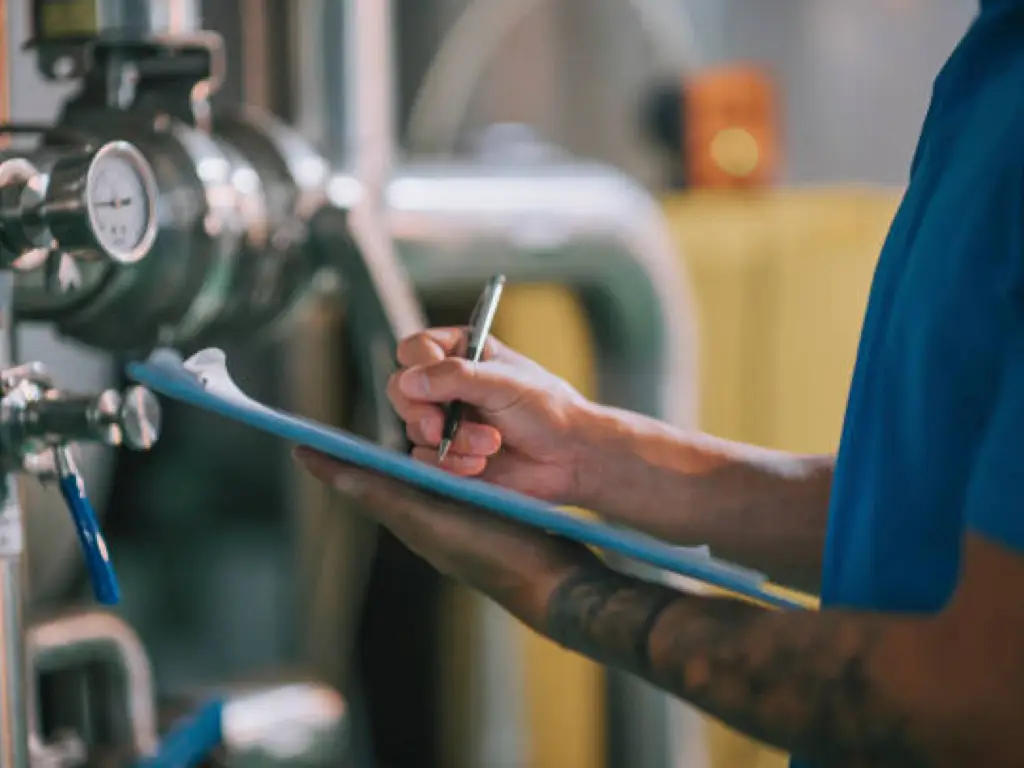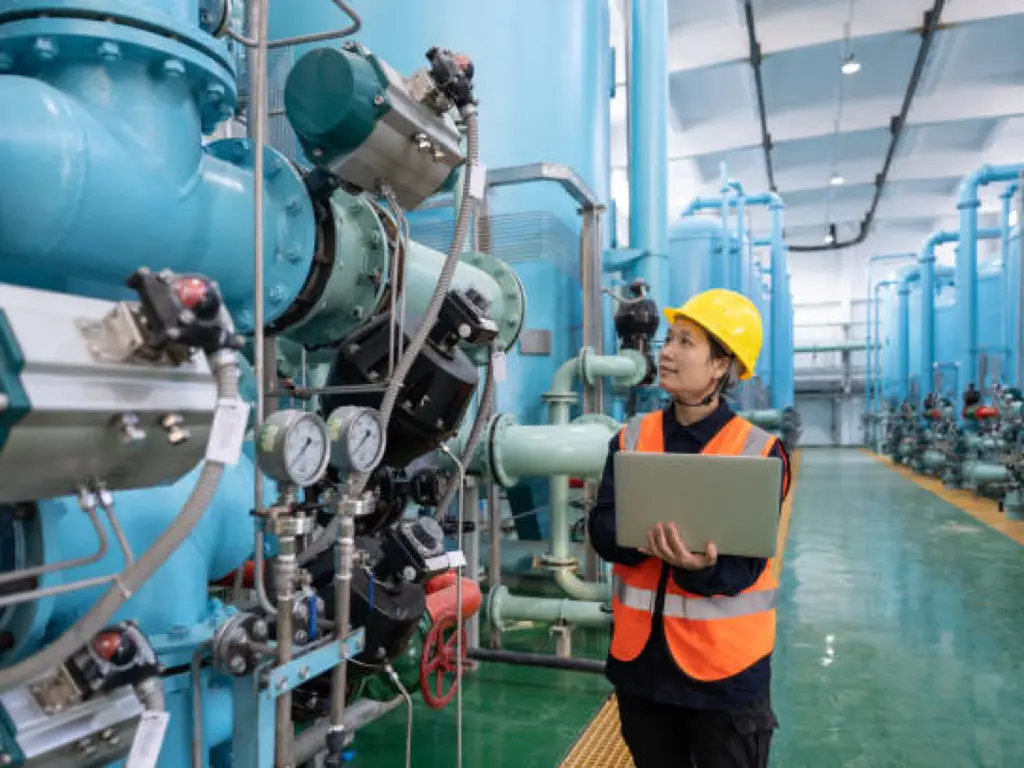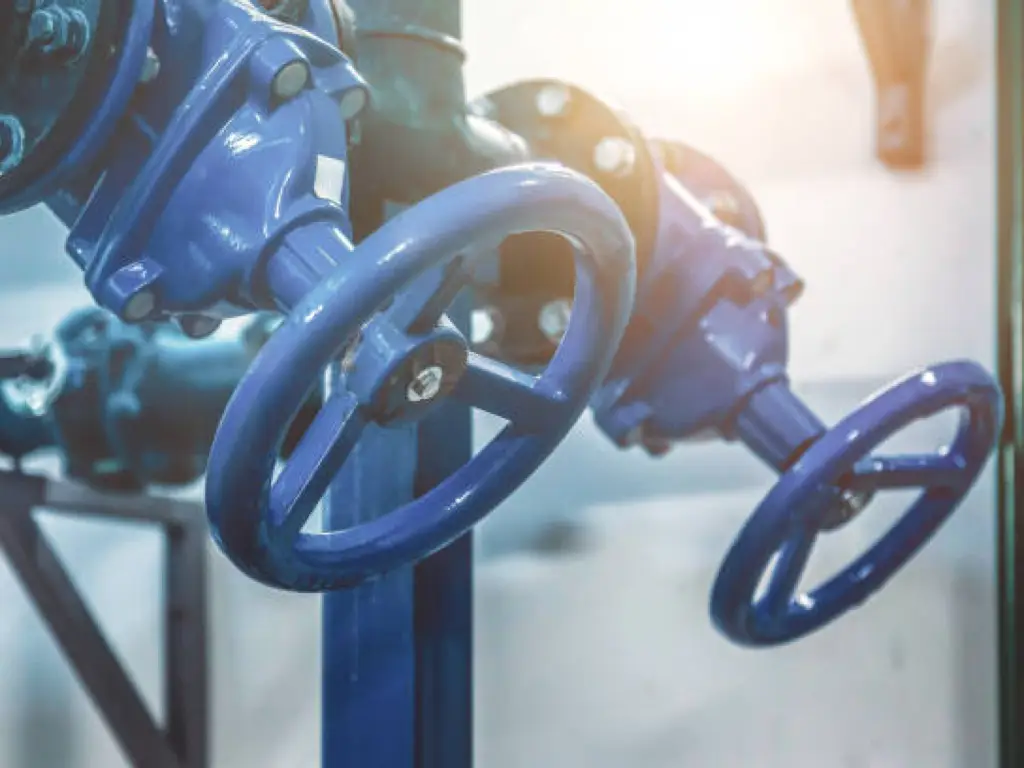What Is Flow Cv and Why It Matters?
Flow Cv, also known as the valve flow coefficient, is an important concept that measures the capacity of a valve to allow fluids to pass through. This term is critical for engineers, technicians, and other professionals in the industry who work with control valves and piping systems.

The Conceptual Understanding of Flow Cv
Technically, the definition of the Flow Cv is the volume of water at 60°F (in US gallons) that can pass through a valve per minute with a pressure drop of 1 psi across the valve. Therefore, understanding Flow Cv is crucial in managing flow rate, pressure drop, and ultimately, the overall performance of a valve.
Practical Implications of the Flow Cv Coefficient in Industry
In the world of piping and control valves, the flow cv coefficient holds a significant role. It guides professionals to make informed decisions about valve selection and system design, ensuring efficient operation and cost savings. Moreover, it helps prevent potential system damage due to pressure build-up from an oversized valve.
Understanding the Variables of the Cv Flow Coefficient Calculation
Several variables play into the Cv flow coefficient calculation, including specific gravity (SG), flow rate (Q), and pressure drop (ΔP). Each of these elements is integral to accurately calculate Flow Cv and understand the valve’s behavior under different operating conditions.

A Closer Look at the Cv Calculation Formula and Its Components
The Cv calculation formula is a relatively simple one: Cv = Q * sqrt (SG / ΔP). Here, Q is the flow rate in US gallons per minute (gpm), SG is the specific gravity of the fluid (1 for water), and ΔP is the pressure drop across the valve in psi. Knowing these components allows us to calculate the Flow Cv with precision.
Step-by-Step Guide to Calculating Flow Cv
To calculate Flow Cv, you must know the flow rate, specific gravity, and pressure drop across the valve. The calculated Cv value will indicate the flow capacity of the valve, enabling the selection of the right valve size for your needs. For convenience, online tools like a Cv calculator can be used for this purpose.
Implications of Different Flow Cv Values in Valve Performance
Different valve types and sizes yield different Flow Cv values. A valve with a larger Cv value will allow more fluid to pass through at a given pressure drop. Hence, understanding Cv values aids in selecting the correct control valve for a system, avoiding both underperformance and unnecessary cost due to oversized valves.
The Importance of Flow Cv in System Pressure Management
By correctly sizing control valves using the Cv value, system pressure can be effectively managed, resulting in smoother operation and less wear and tear on the system components.
Flow Coefficient Cv Vs. Flow Factor Kv
| Aspect | Flow Coefficient Cv | Flow Factor Kv |
| Definition | Cv is the volume of water (in US gallons) that will pass through a valve in a minute at a pressure drop of 1 psi. | Kv is the flow in cubic meters per hour of water at a temperature between 5-30 degrees Celsius with a pressure drop across the valve of 1 bar. |
| Calculation Formula | Cv = Q*(√(SG/ΔP) | Kv = Q*(√(SG/ΔP) |
| Units Used | Imperial units (US gallons per minute, psi) | Metric Units (m3/h, bar) |
| Conversion between Cv and Kv | Kv = 0.865*Cv | Cv = 1.156*Kv |
| Industries/Areas of Application | Widely used in the US, UK and other countries using the Imperial system | Commonly used in Europe and countries using the Metric system |
| Usage in Contexts | Mostly used for liquids but also applicable for gases with complex equations | Primarily used for water but also applicable to other fluids with different densities |
| Effects of Valve Design/Size | A higher Cv indicates more flow passing through the valve. This changes with valve size and design | A higher Kv means more flow can pass through the valve, and this value is dependent on the valve design and size |
Real-Life Applications of Flow Cv in Various Industries
- Oil and Gas Industry: In the petroleum industry, Flow Cv helps to control the flow of crude oil, natural gas, and other vital substances through miles of piping. This ensures optimal pressure and flow rates.
- Chemical Industry: This industry frequently uses Flow Cv to ensure accurate and safe flow rates of various chemical solutions in the manufacturing processes. An improper Cv could lead to unbalanced reactions, affecting product quality and safety.

- Food and Beverage Industry: Controlling the flow of liquids is crucial for mixing ingredients in precise proportions. Flow Cv provides this control, ensuring product consistency and meeting health and safety standards.
- Water and Sewage Treatment: Treatment plants rely on Flow Cv to regulate the flow of water and waste materials throughout the process, directly impacting treatment effectiveness and efficiency.
- HVAC Systems: Heating, Ventilation, and Air Conditioning (HVAC) systems use Flow Cv to manage the flow of coolants and gases, maintaining ambient conditions.
The Role of Flow Cv in Gas and Air Flow Calculations
The calculation of Flow Cv is not limited to liquids. It plays a crucial role in pneumatic systems, where the Cv for the same assembly can be used with a more complex equation. Here, absolute pressure must be used rather than simply differential pressure.
Flow Cv and Valve: Key Considerations in Valve Selection
Flow Requirement: Begin with understanding the specific flow requirements of your system – the type of fluid (gas/liquid), flow rate, and desired pressure drop. This will guide your selection towards a valve with an appropriate flow Cv.
Size of the Valve: Flow Cv value changes with the size of the valve. Larger valves typically have larger Flow Cv values and, therefore, allow more fluid to pass through per unit time at the same pressure drop.
Valve Type: Different types of valves (for example, gate, globe, butterfly, ball valves) have different Cv values due to their design differences. Choose a valve type that aligns with your system’s needs and provides the correct flow Cv.

Operation Conditions: Consider the operating conditions like temperature and pressure, which could influence the actual Cv of a valve. Ensure the valve’s Cv value is suitable for the expected operating conditions of your system.
Safety Margin: It’s prudent to consider a safety margin. Choosing a valve with a slightly higher Cv than calculated can accommodate uncertain factors or future system update needs.
Cost and Maintenance: Higher Cv valves might sometimes be larger or more complex, and therefore, costly. Maintenance should also be kept in mind – ease of maintenance can save time and reduce costs in the long run.
Conclusion
In conclusion, understanding and calculating the Flow Cv is crucial when working with control valves in various industries. Nonetheless, it could be a complex task given the various factors at play. That’s where Dombor comes into the picture. With Dombor’s extensive expertise and resources, navigating complex calculations, interpreting Flow Cv values, and ultimately selecting the most suitable valve for your operations can become significantly easier. Choosing Dombor means choosing professional help, efficiency, and peace of mind for your fluid control systems.









